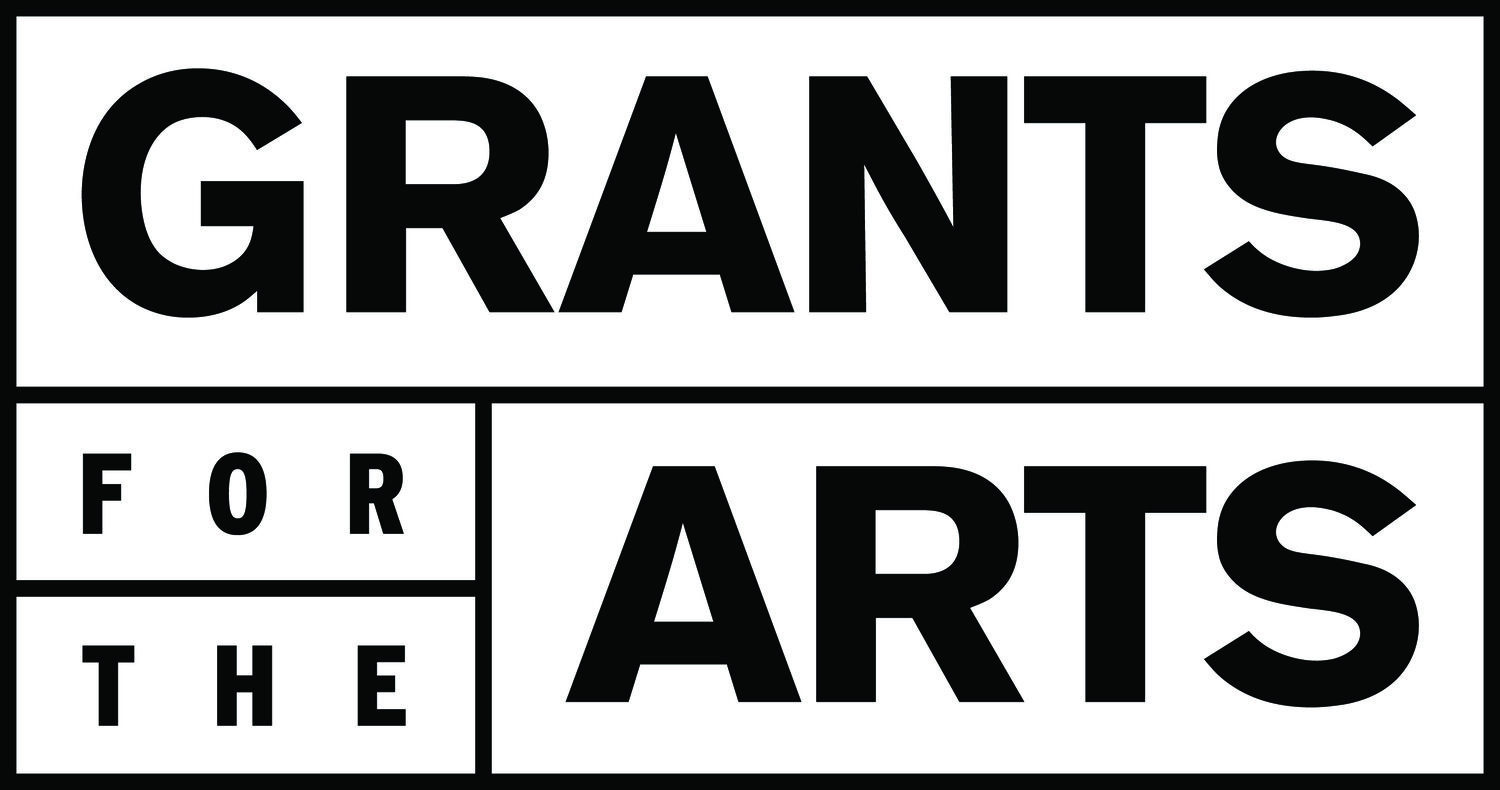FRONT AND PROFILE
Adam Chin
In his series Front and Profile, photographer Adam Chin forces archival mugshots through an AI neural network he modified in order to render side views from front, and vice versa. Shimmering and uncanny, Chin’s silver gelatin prints ask audiences to consider the implications facial recognition has on privacy and the ethics of artificial intelligence as a surveillance tool.
Front and Profile is a series of archival mugshots paired with counterpart computer-generated ”portraits”. To create the diptychs, artist Adam Chin fed antique booking photos through an AI neural network, the code for which Chin had himself modified. When a front-view mugshot is input into the neural network, the network predicts and renders a profile-view of that person. If a profile-view mugshot is input, the network predicts and renders a front-view.
Adam Chin, Mugshot #45
"A single photograph coupled with a neural network yields enough information to produce an entirely alternate camera view," says Chin. "Imagine what a government could do with a single image of a protester taken from a security camera. We are much closer to this reality than one would think."
Chin’s AI machine learning neural network was trained on a relatively minuscule dataset of 512 mugshots (from the 1930’s to 1970’s) drawn from a National Institute of Standards & Technology (NIST) database. Created in his home studio, Front and Profile takes advantage of growing accessibility to machine learning. Shimmering and uncanny, Chin’s 15"x15" silver gelatin prints point toward the unnerving—and potentially grave—implications of current and future use of AI by law enforcement.
Adam Chin, Mugshot #3
Front and Profile is a call for the public to consider individual privacy and structural racial bias. Chin cautions against our rapid progress toward AI-manufactured identikit “sketches”. The majority of experience with, and analysis of, AI and facial recognition has revealed that the same prejudices of society (and engineers) are reflected in datasets and resulting machine learning systems.
“Initial inspection of the dataset used to train Front and Profile revealed a high percentage of African-Americans in the dataset,” says Chin. “This percentage is much higher than the actual percentage of African-Americans in the U.S. population. Race and ethnicity exist on a spectrum; there are no "black" or "white" boxes with which people can be assigned [...] and there is no such thing as an unbiased dataset.”
Chin’s images are somewhat primitive but, inevitably, with industrial-scale datasets to teach neural networks, mugshot images will become more and more photoreal. Moving beyond contemporary fetishism for antique police photos, Front and Profile ask audiences to consider how the state-owned ID portraits might be deployed technologically to advance or corrupt social justice in the 21st century. Will AI-generated images be mistaken for something “real”? Where will the line between computer-generated and "real" move? Does the future hold a different definition of fact?
Adam Chin, Mugshot #67
ABOUT THE ARTIST
Adam Chin
Adam Chin is a fine art photographer who spent a career as a computer graphics artist for TV and film. He was one of the original employees of Pacific Data Images, a pioneering computer graphics studio which later became part of Dreamworks Animation. Adam did computer graphics lighting on the Shrek, Madagascar, How to Train Your Dragon, and Kung Fu Panda series of animated feature films. Front and Profile represents the first time that Adam's computer graphics work has crossed over into his fine art photography.
From 1995-2000, he was a board member and chairperson of Intersection for the Arts, a multi-disciplinary arts organization in San Francisco. Adam has a MS in Computer Science from Stanford and a BS in Computer Science from Yale. He lives in San Francisco.



